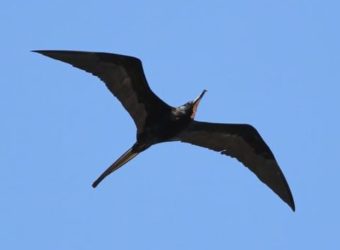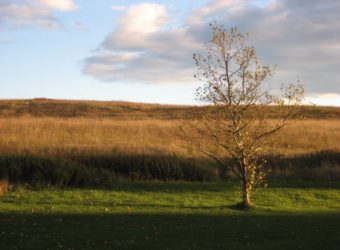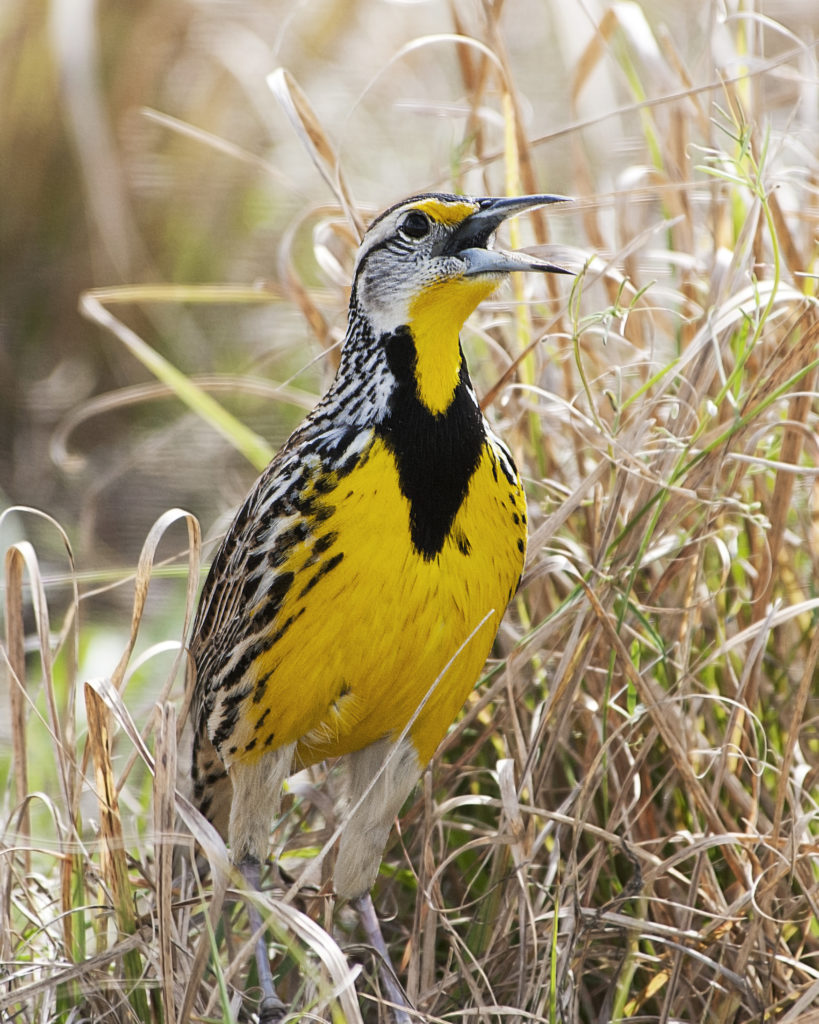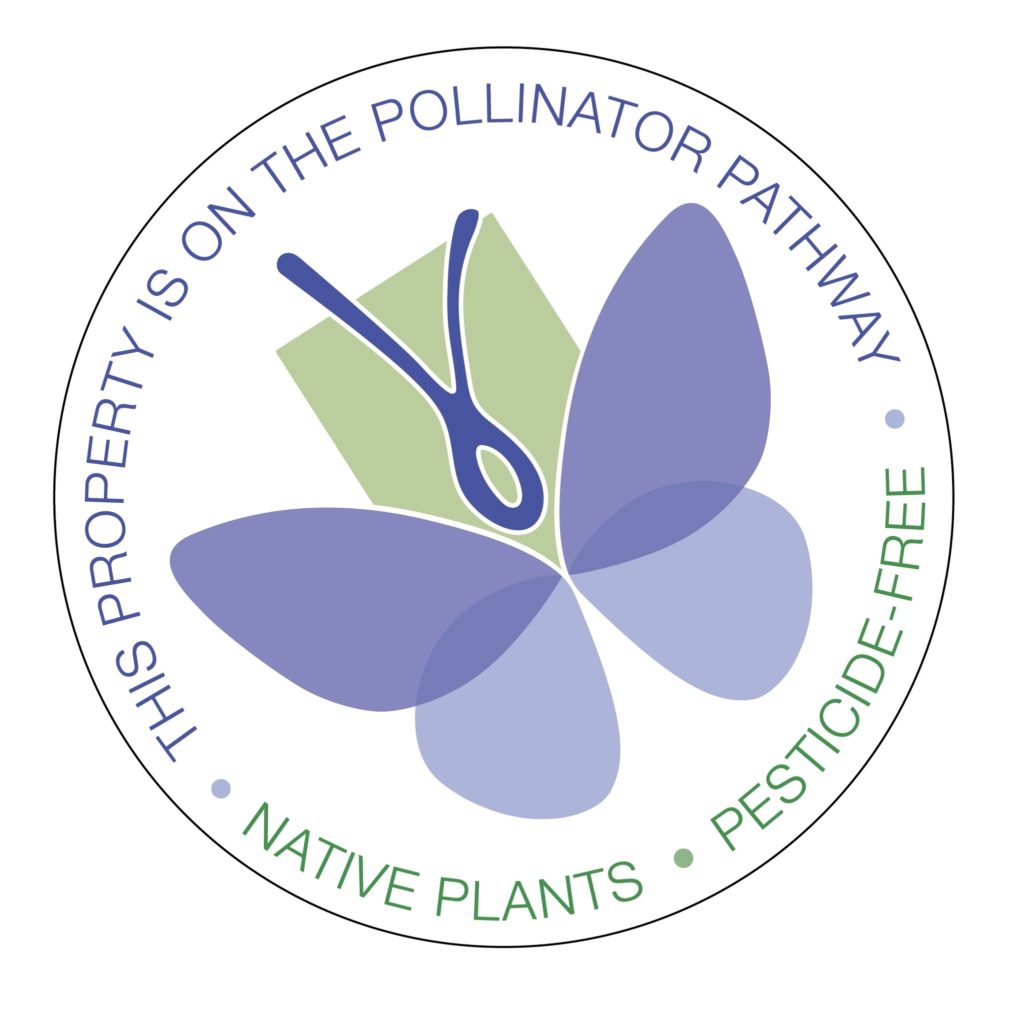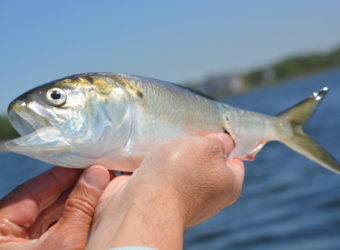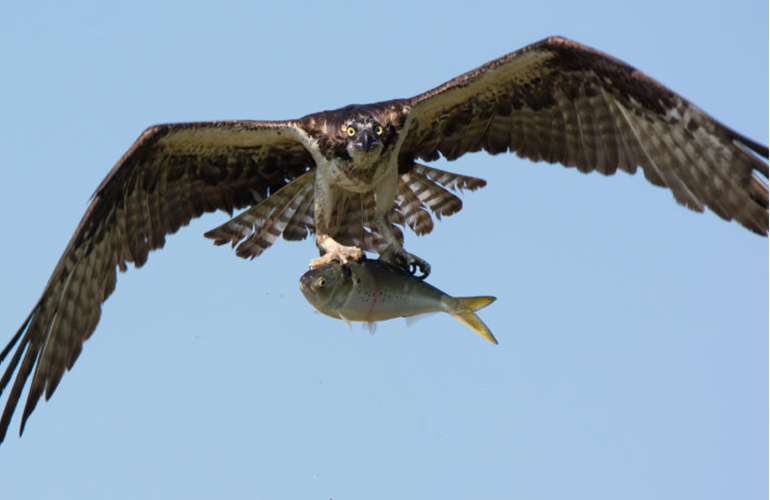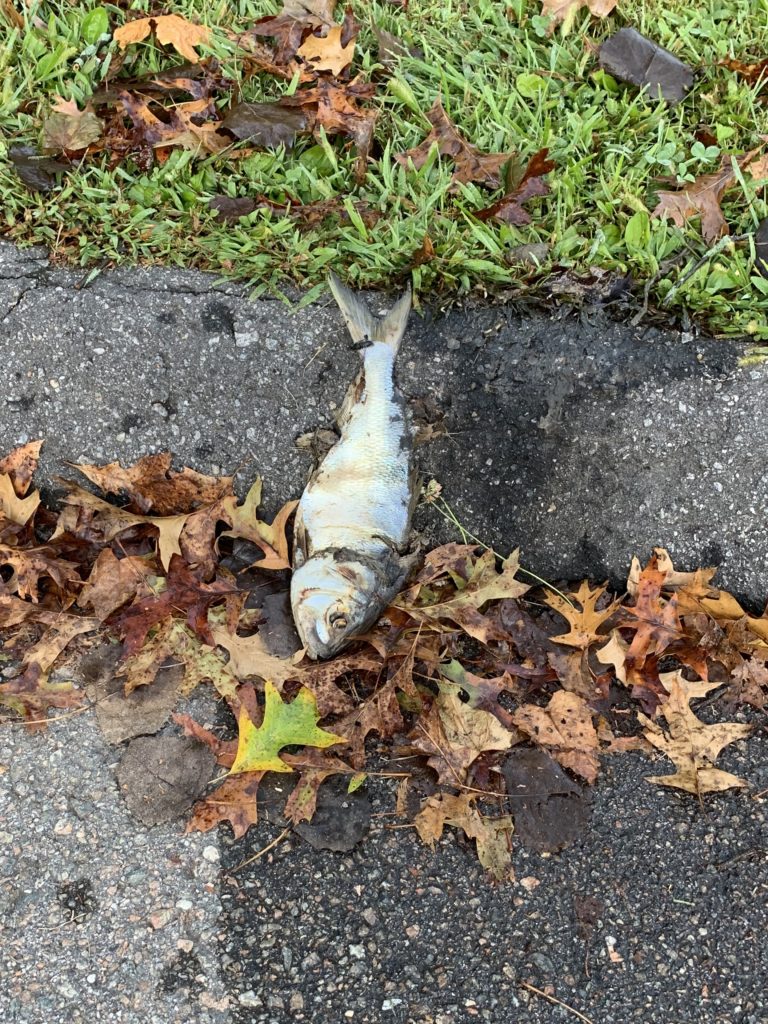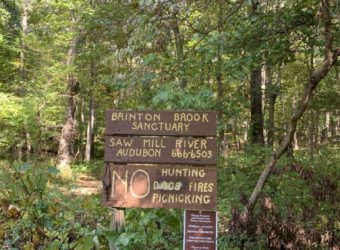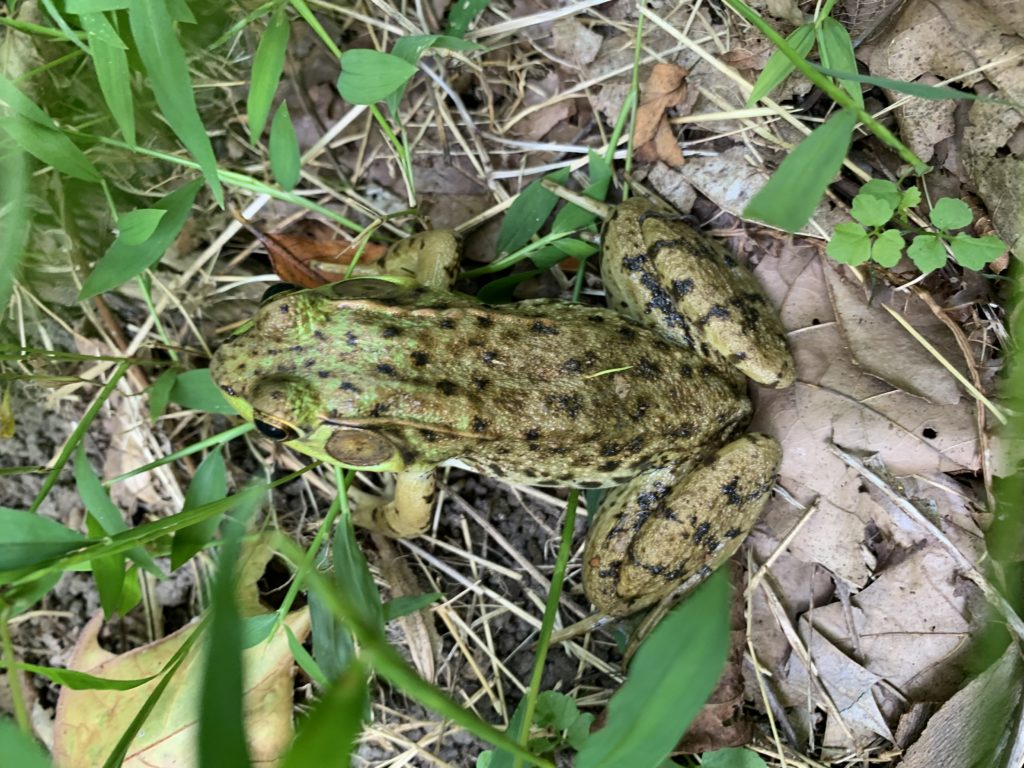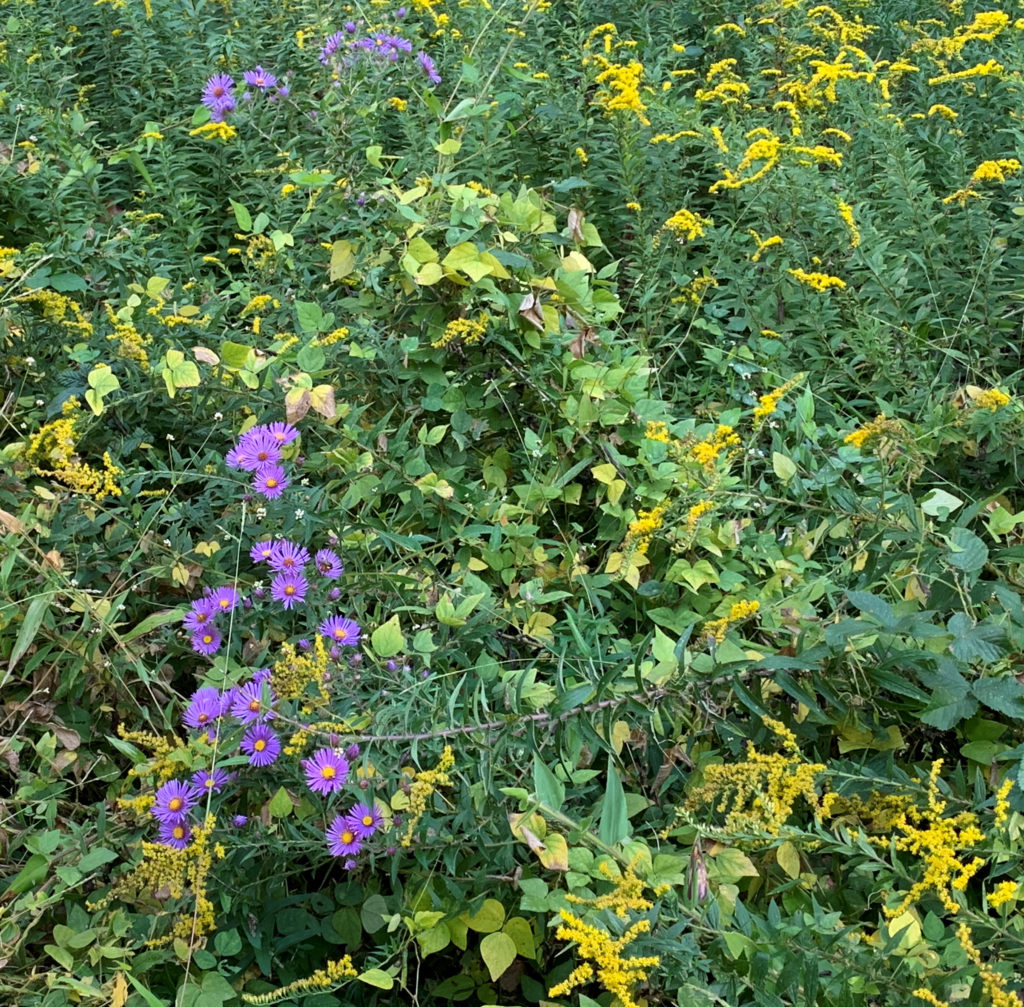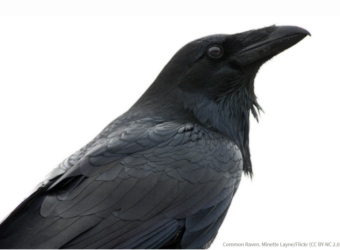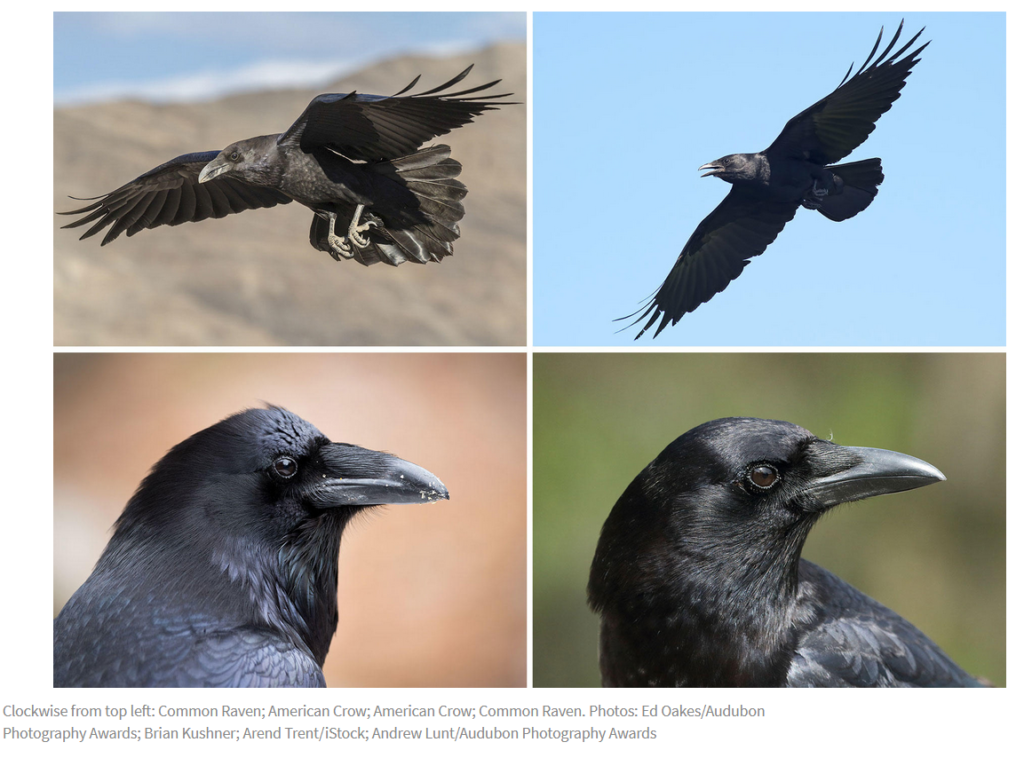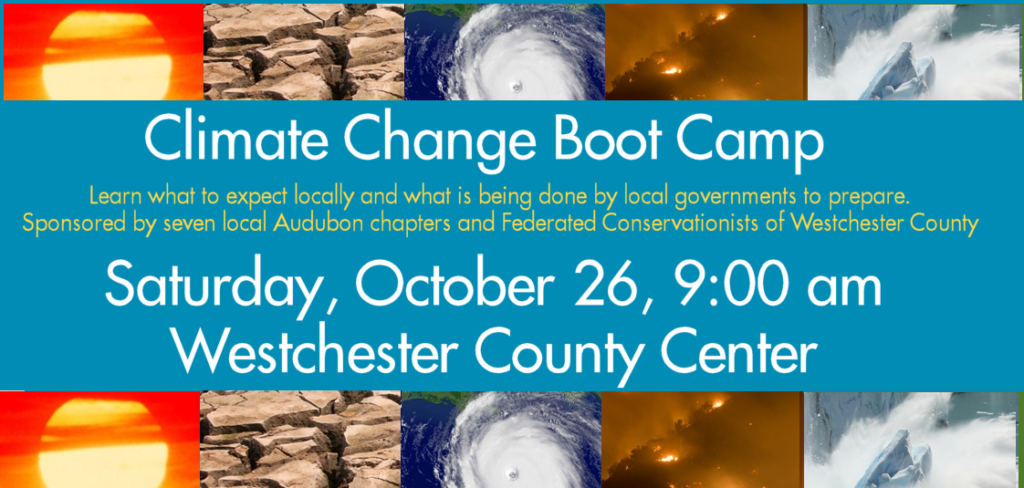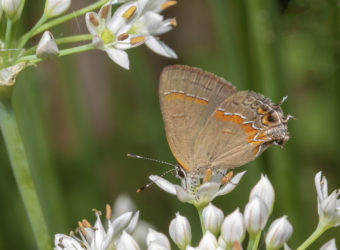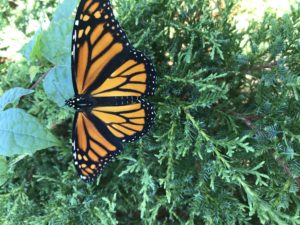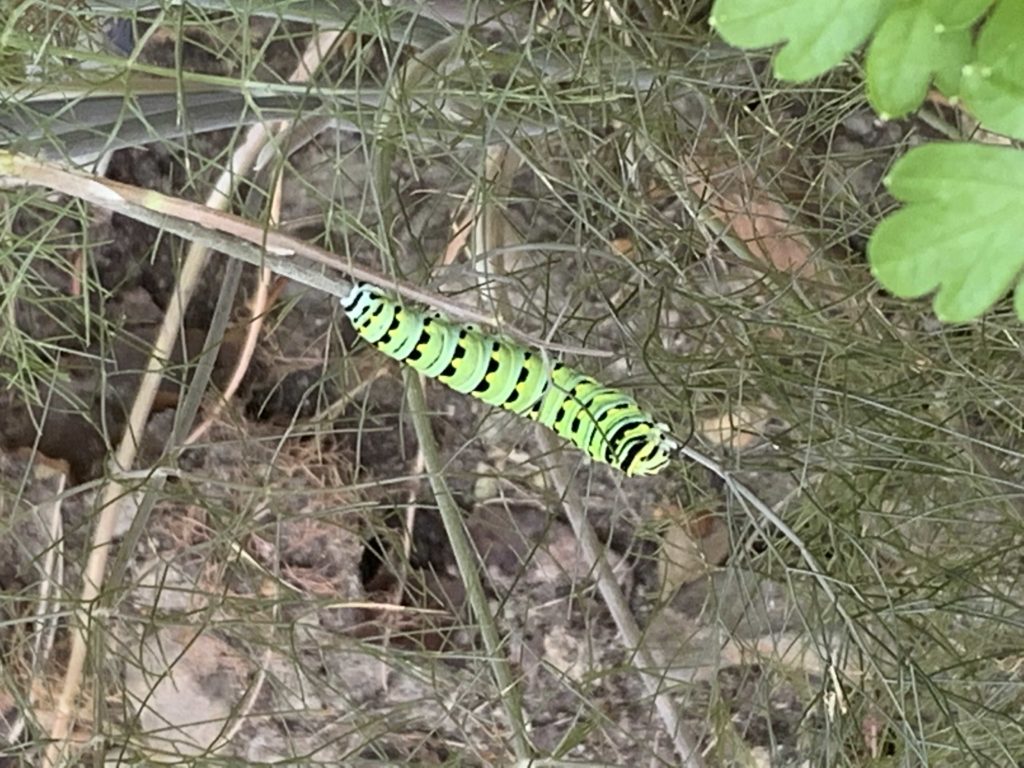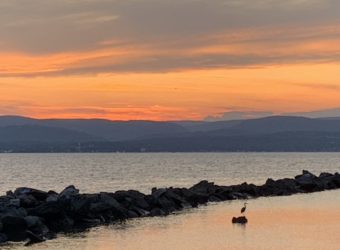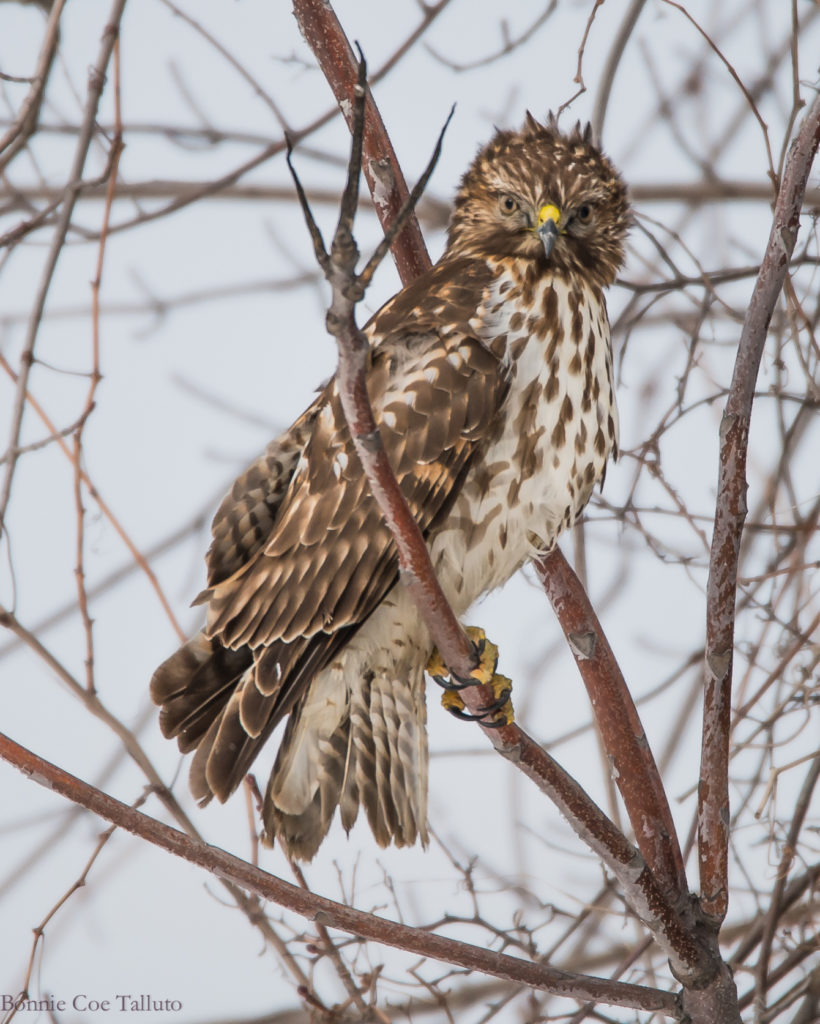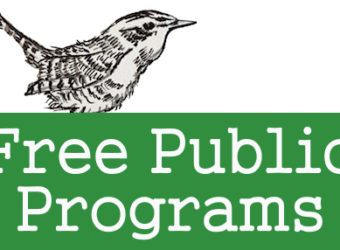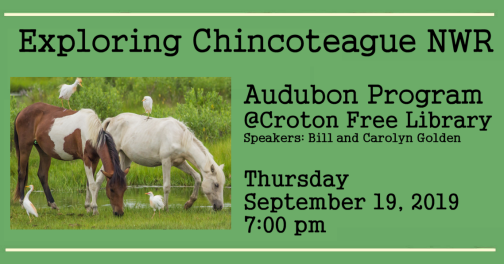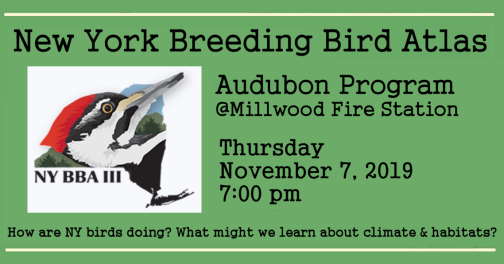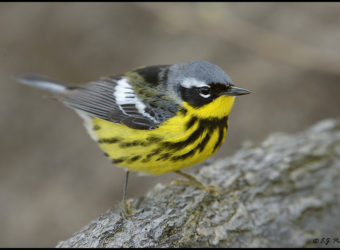Evolution’s Outreach Program
Some years back, I was sitting in my windowless basement writing space in Pleasantville when my phone buzzed. I could see the call was from my wife, and I knew it had to be important: She tried never to disturb me in my writing “dungeon.”
I answered, but before I could say a word she said, “I just saw a frigatebird fly over the elementary school.”
Yes, that counted as important news to this lifelong birder! Also hard to believe. But even as I said, “Are you sure?” I knew how silly the question was. She knows her birds, too, and of all North American species, few are as unmistakable as the Magnificent Frigatebird.
In addition, the appearance in New York of a seabird normally not seen north of Florida was not completely outlandish right then: Just a couple of days earlier, Hurricane Irene had swept through the Northeast, and powerful tropical systems notoriously sweep unexpected birds along with them.
Although I wasn’t lucky enough to glimpse the frigatebird, since then I’ve paid special attention to these one-offs, which happen all the time in our region. (If rarely involving anything so spectacular.) As I write, birders are flocking to a park in Suffolk County to get a look at a Golden-crowned Sparrow, whose normal range isn’t any further east than Nevada. Recently, an Ash-throated Flycatcher (another western species) also visited Long Island.
I’m less interested in checking off these species—the only running bird list I keep is the one for my ABA-area—than in what they tell us about the evolutionary process. Because each time a bird wafts here unexpectedly, what we’re seeing on a micro level is, in fact, an example of one of the engines driving the development of new species. Call it evolution’s outreach program.
Whenever eBird, rare-bird alerts, or other reports list an unusual bird visitor, I’m reminded, of all things, of the Galápagos Islands. Specifically, the birds on this remote archipelago that inspired Charles Darwin to recognize and understand the evolutionary process.
Everyone knows that the Galápagos Islands host birds that—despite originating from a common ancestor—have evolved into different species on various islands and even among habitats on a single island. Most famous of these are the Galapagos finches. (Which, by the way, have recently been moved to the tanager family.)
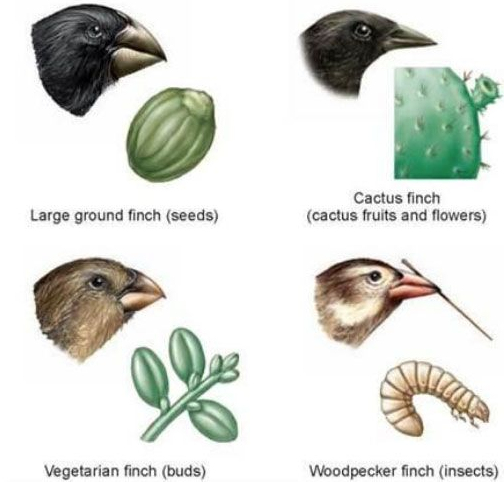
Source: www.galapagossafaricamp.com
Scientists have not yet agreed on the finches’ likely common ancestor, or even if it came from mainland South America or the Caribbean. One thing they do agree on, however, is how this ancestor reached the Galápagos: accidentally.
Just as the Magnificent Frigatebird was swept to Pleasantville. (And not just the frigatebird! Check out this post-Hurricane Irene eBird report: ebird.org/news/hurricane_irene_redux/) So were the first finches likely carried by storms. Having arrived in some quantity, they did what living things do when they end up in unfamiliar but friendly territory: They began to breed.
And then evolution did what it does as time passes: The long process of mutation and adaptation began, with the result that the finches not only diverged from their ancestor species, but from each other. All it took was habitat enough, and time.
The same process has been repeated countless times on islands and other isolated areas all over the world (e.g., on opposite banks of the Amazon River, which serves as its own barrier to mixing.) Unexpected arrival, colonization, and speciation represents one crucial way that evolution takes place worldwide.
Admittedly, this is hard for us to comprehend. The problem for us humans, with our brief lives—in geologic terms, at least—is that the development of new species usually takes so long that we rarely get more than a glimpse of it. We have to look at the fossil record—or spectacular examples like the Galápagos—for reminders.
But not me. These days, whenever I see an out-of-place sparrow, flycatcher, or Magnificent Frigatebird, I find myself wondering: “Is this the moment when a new species will begin?”
Joe Wallace
